A set of new policies is being proposed under a major overhaul of South Australia’s planning system. Once finished, the new code is expected to provide improved guidance for individual on-site renewable energy generation, as well as improved pathways for planning approval.
A discussion paper released by the State Planning Commission identifies a number of planning policy changes, which would address large-scale renewable energy facilities, encourage energy facility development in appropriate areas and restrict it in environmentally and culturally significant areas, and address the decommissioning and rehabilitation of renewable energy sites.
The Commission also details on the policy to deal with amenity and noise concerns such as setback distances that provide greater separation. For wind farms, it suggests increasing the current setback from both non-host dwellings and township zones. While there is no setback envisaged for solar farms under the current rules, the discussion paper suggests introducing a 500 metre solar farm setback from conservation areas, a 100 metre setback from township boundaries and a 30 metre setback from neighboring land.
As revealed earlier this week by Energy and Mining Minister Dan van Holst Pellekaan, SA currently has some 10,000 MW of solar and wind generation on the drawing board. In 2018, renewable energy generation from wind and solar sources reached 51.2% of total electricity generation. Previously, the Australian Energy Market Operator projected South Australia’s renewable power could account for 73% of the state’s total power consumption by 2020/21.
SA has long been the nation’s renewable energy front runner. According to a recent report from Green Energy Markets, the state is on track to generating renewable energy equal to 73.5% of its consumption by 2030, up from 53% in 2018. To achieve the government’s target of 100% renewables it roughly needs another 1,300 MW of capacity, the report found.
“Due to technological improvements and lower cost infrastructure, developer interest (and market demand) has shifted from solely wind-powered proposals to a wider range of energy options, including large scale solar developments, pumped hydro and battery storage projects,” the State Planning Commission said in the discussion paper. Furthermore, a range of emerging technologies including geo-thermal, hydrogen and biofuels are also being explored.
Given these changes, the new and updated policies would provide an opportunity to update SA policies to reflect new forms of energy generation, storage and distribution in what is touted as “the biggest modernisation of South Australia’s planning system in more than 20 years”.
When finalised, the policies will be released next July as part of the Planning and Design Code which is the cornerstone of South Australia’s new planning and development system, replacing the 72 Development Plans that are currently in use across the state.
“The Code will offer a single, consolidated set of planning ‘rules’ for assessing development applications including those relating to renewable energy projects,” said State Planning Commission member Allan Holmes. “It is also an opportunity to provide improved guidance for industry regarding the intensity, location and impacts of these developments to address community and environmental concerns.”
Formal public consultation on the draft Code, including the Commission’s proposed renewable energy policies, will commence in October this year. The introduction of the new state-wide Planning and Design Code is scheduled for July 2020.
This content is protected by copyright and may not be reused. If you want to cooperate with us and would like to reuse some of our content, please contact: editors@pv-magazine.com.
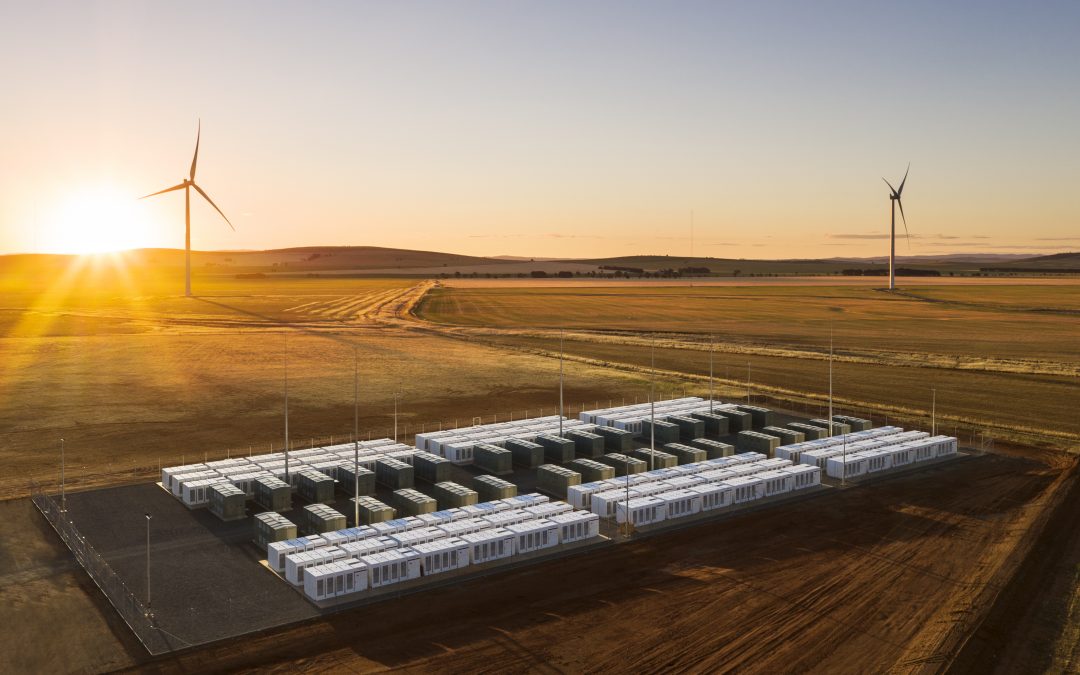
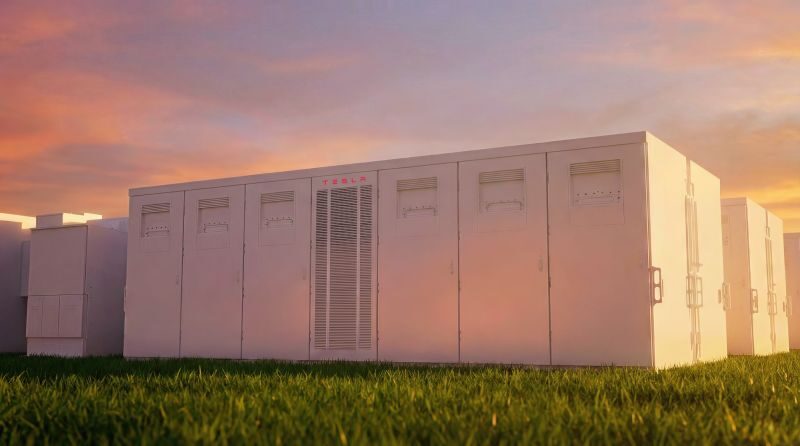


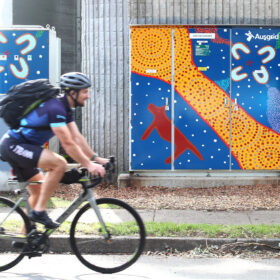
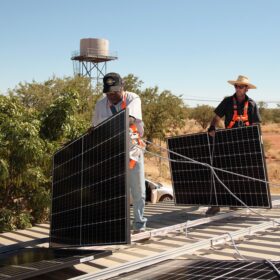
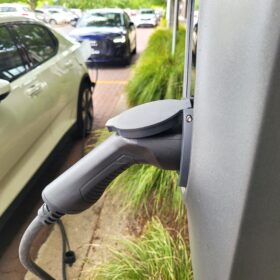
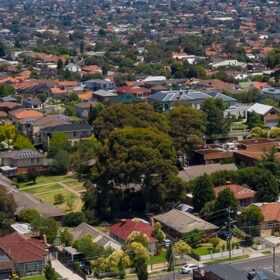
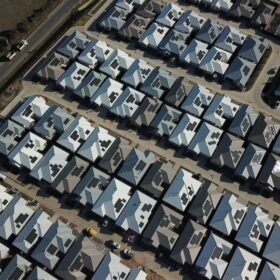
‘Previously, the Australian Energy Market Operator projected South Australia’s renewable power could account for 73% of the state’s total power consumption by 2020/21.’
‘According to a recent report from Green Energy Markets, the state is on track to generating renewable energy equal to 73.5% of its consumption by 2030.’
Errrr….those two projections are so divergent as to be ludicrous. How do people come up with such wildly different projections?